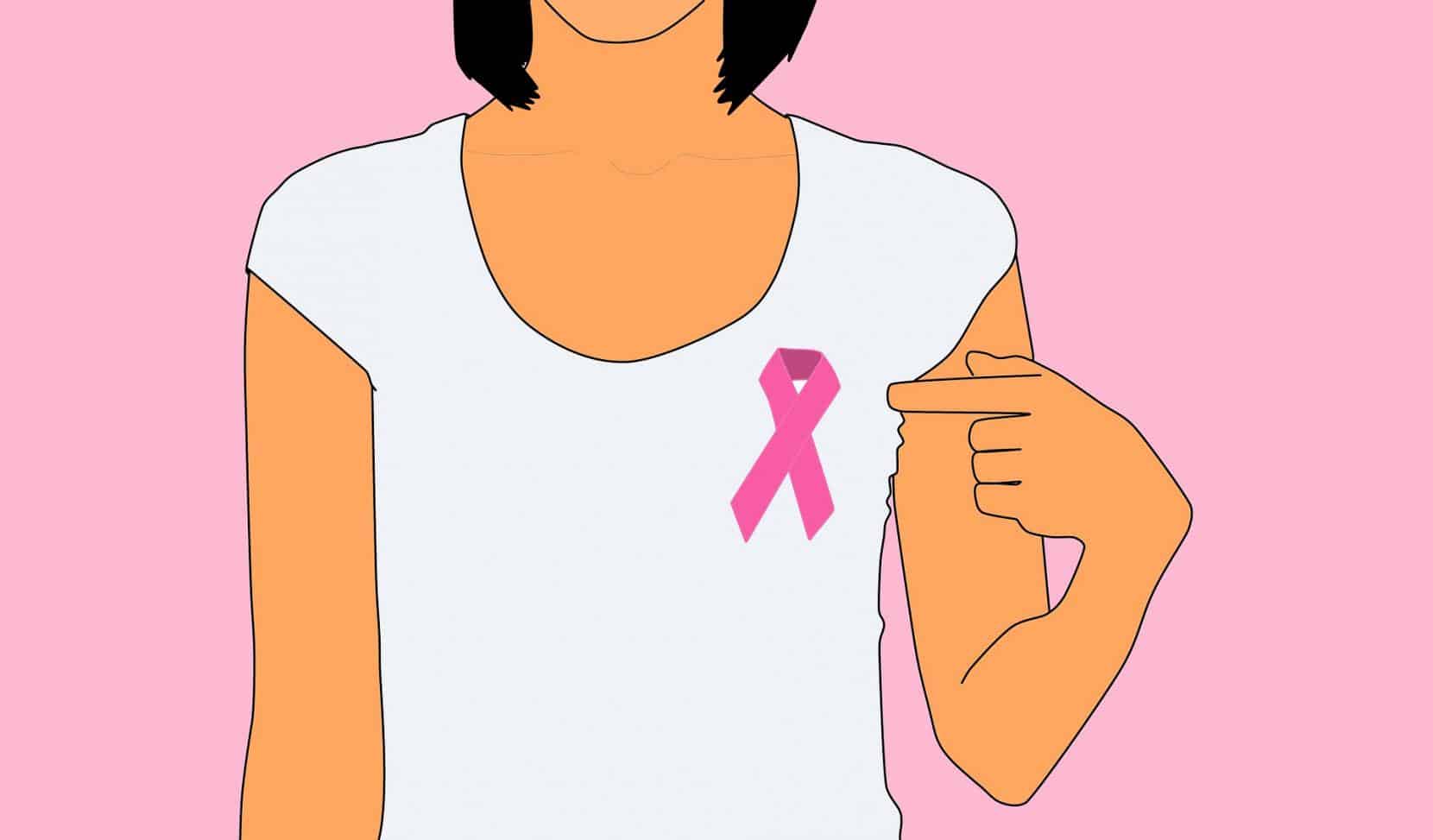AUSTIN, Texas – Patient navigators who were deployed as part of a state program have proved to be effective in increasing screening rates for breast and cervical cancer among women in rural areas in Texas, according to researchers at The University of Texas at Austin and Texas A&M University.
 The study, led by UT Austin social work doctoral student Derek Falk and published in the Journal of Cancer Education, evaluates the Friend to Friend plus Patient Navigation Program. Patient navigators are trained individuals who guide consumers through a complex and often fragmented health care system in order to improve individual and system-wide outcomes.
The study, led by UT Austin social work doctoral student Derek Falk and published in the Journal of Cancer Education, evaluates the Friend to Friend plus Patient Navigation Program. Patient navigators are trained individuals who guide consumers through a complex and often fragmented health care system in order to improve individual and system-wide outcomes.
The program that the researchers evaluated combines cancer education through peer-led “pink parties” and contact with navigators who help participants reduce screening barriers such as cost and transportation. The program, funded by the Cancer Prevention Research Institute of Texas (CPRIT) and implemented by Texas AgriLife Extension at Texas A&M University, targets low-income women in approximately 50 rural and border counties.
“Every year, more than 20,000 women are diagnosed with breast cancer in Texas, and 1 in 5 of them will die. Early detection through screenings can make a world of difference,” Falk said. “This program has been effective in increasing screenings among low-income, minority women living in rural areas, who suffer poorer cancer-related outcomes.”
Although previous studies have shown the effectiveness of using patient navigators to increase cancer screening rates, this is one of the first studies that focuses specifically on women living in rural and border areas.
The study analyzed data from 2,689 women who participated in the program. After attending a “pink party,” participants were offered a help request form to indicate the need for a patient navigator and screening services.
Contact with a patient navigator was associated with an almost threefold increase in the likelihood of obtaining both mammograms and Pap screenings. Furthermore, Spanish-speaking Latina women had more than a 60 percent increase in the likelihood of obtaining a Pap screening compared with non-Hispanic white women.
“This positive finding for Latinas is important to highlight because they experience much higher incidence and mortality rates of cervical cancer compared to other ethnic groups in Texas,” said Catherine Cubbin, co-author of the study and associate dean for research at UT Austin’s School of Social Work.
The researchers found that many women participated in the program because they needed help paying for screenings. Many women remain under or uninsured and struggle to afford preventive health care. Navigators helped participants in this program access funds provided by CPRIT or other sources of which the participants may have been unaware.
The American Cancer Society guidelines recommend annual mammograms for women ages 40 – 54, and biannual mammograms for those ages 55 and older who have average risk of breast cancer. For cervical cancer screening, recommendations include Pap tests every three years for women ages 21-29, and every five years for women ages 30-65.
For more information, contact: Andrea Campetella, School of Social Work, 512-471-1458.


